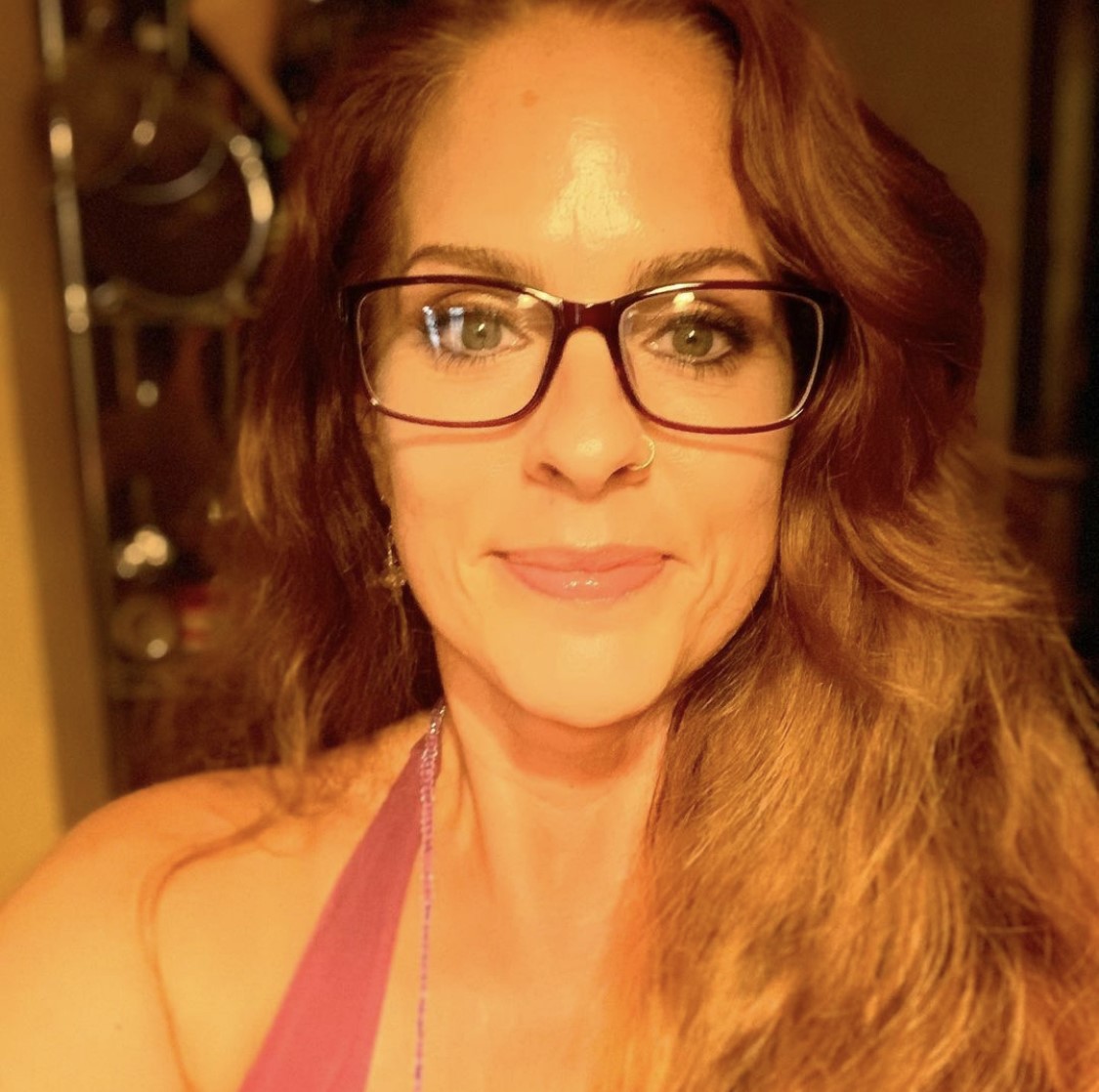Exploring the Historical and Philosophical Origins of Sound Healing
- Kataleia

- May 6
- 3 min read
Sound healing has roots that stretch deep into the fabric of human civilization, weaving together ancient wisdom with the timeless philosophy that vibrations hold transformative power.

Throughout history, diverse cultures recognized that sound was more than just noise. It was a potent medium to harmonize the body, mind, and spirit. Among the most compelling pieces of evidence is the use of instruments like the didgeridoo by Australia’s Aboriginal people for healing purposes, a practice dating back tens of thousands of years or the diverse types of drums used in ceremonies by indigenous people all around the world. In ancient Egypt, chants and instruments (such as the sistrum) played a significant role in healing, while ancient Greek philosophers like Pythagoras explored harmonic intervals to treat psychological imbalances. Similarly, Eastern traditions, particularly within Hinduism and Buddhism, have long revered the resonant quality of mantras like “Om,” believing in their capacity to align inner energies and connect with a broader cosmic order.
At the heart of sound healing lies the timeless belief that the universe is composed of vibrations. This concept manifests in the idea that everything, from the tiniest cell to vast cosmic structures, resonates at unique frequencies. Philosophically, this notion can be seen as an early understanding of what modern physics touches on today: that matter, and energy are in constant, pulsating interplay. Ancient healers, mystics, and philosophers intuitively grasped that aligning our bodily vibrations through sound could correct dissonance, restore health, and even affect the spiritual aspects of our being. In this regard, sound healing isn’t just about auditory stimulation; it’s a journey of aligning with nature’s most fundamental rhythm, a concept that resonates with both ancient spiritual insights and some modern scientific theories.
The historical tapestry of sound healing is richly embroidered with various cultural practices. In medieval Europe, Gregorian chants were more than liturgical recitations—they were integrally linked to healing processes, thought to purify the soul and balance emotions. Indigenous shamanistic traditions from across the globe used rhythmic drumming and chants to induce altered states of consciousness, facilitating both physical and spiritual healing. These practices were grounded in a holistic view of the human experience, one that recognized the interplay between emotional, mental, and physical well-being through the medium of sound.
The revival of sound healing in modern times reflects a renewed curiosity about methods that transcend the purely material. The 20th century saw pioneering work by researchers like Dr. Alfred Tomatis and Hans Jenny, who began exploring the measurable impact of sound vibrations on the brain and body. This modern resurgence has spurred not only holistic practitioners but also scientists to examine how vibrational frequencies can influence everything from stress reduction to neurological health. Today, practitioners blend ancient instruments and techniques with contemporary technology, creating sound baths, tuning fork sessions, and other therapeutic modalities that honor both the historical lineage and new discoveries about vibrational medicine.
Ultimately, the historical and philosophical roots of sound healing invite us to see health through a multifaceted lens. They encourage us to explore the delicate balance between inner emotional states and the outer vibrational world. Sound healing remains a powerful metaphor for the journey toward inner harmony—a reminder that the quest for equilibrium is as old as humanity itself. Whether practiced in ancient temples or modern wellness centers, the art of healing with sound continues to inspire and connect us to a deeper, more resonant truth about ourselves and the universe.
I invite you to consider integrating sound healing practices into your regular health routine to maintain balance and alignment in mind, body and spirit. And for those who are experiencing health challenges or issues, I encourage you to discuss with your medical doctor the possibility of incorporating sound healing and other holistic practices into your journey back to health.






Comments